Making Savasana Easier for Activated Trauma Survivors
I wrote recently about how at some times for some trauma survivors, savasana can really suck. Yes, savasana; that all too common ending of a yoga class where people might lay on the floor.
Why is this so challenging?
Neuroception is a term Dr. Stephen Porges coined to describe the process which happens—generally under conscious awareness—whereby the nervous system uses cues from the outside world to determine whether a person, place, thing or situation is safe.
When we’ve been routinely subjected to a lack of safety over a long period, the threat-sensing parts of our physiology can get “stuck on on”, so to speak, and look for threat much of the time. Settling, especially in public, with strangers, with someone who might be looking at us, judging us, etc, doesn’t feel very safe when we’ve been repeatedly hurt in far more familiar situations.
Where’s the threat?
In a public space, it really could be anywhere. Most of us who’ve endured complex trauma were hurt—repeatedly—by people. People who we trusted. And so for some of us, we’ll be extra vigilant about people. So laying down in public with a bunch of people around can be prickly.
Now I described in my last piece how I personally used to freak out laying on the floor by myself. With no people around. That’s not uncommon, either. Especially in savasana proper—splayed out on the floor, arms away from the sides—it’s a very vulnerable shape. An exposed shape. For many of us, that puts our threat sensing parts back on alert and that might be when we suffer from some of our less comfortable post traumatic stress related symptoms.
So what do we do about it?
As I said in my previous piece, I very much suggest folks not force their bodies to do something that’s provoking a trauma response. Instead, I’m going to suggest a collection of shapes that are often easier on vigilant nervous systems than savasana. If one isn’t good for you, you’re welcome to try another.
Restorative twist
Using a yoga bolster, couch cushion or a big pillow, sit on the floor with knees bent. Put the prop on the floor next to your hip and lay your torso on the support. This shape is generally done evenly on both sides, so it’s a great idea to change directions--but nothing bad will happen if you don’t.
Bolster ramp
Wedge a block or two, or another pillow, under one end of a bolster (or couch cushion) to create a bolster ramp. Sitting on the floor, lie back against the bolster.
Legs up the wall or furniture
Laying with your hips adjacent to a wall, put both legs up. If your mobility is such that this stretches your hamstrings (or simply for ease) I recommend putting your legs up a chair instead, so that they remain bent.
Using weighted blanket, sandbag, rice bag, etc
For some folks, lying flat or in one of the mentioned positions may be more comfortable with a weighted blanket, a yoga sandbag, bag of rice or anything to provide several pounds of weight.
Child’s pose
If it’s reasonable for the mobility of your leg joints, starting on knees and hands ease your hips back toward your heels so that you fold over yourself.
Sitting up, possibly against a wall
If sitting is more comfortable, you can sit on the floor, an object or even furniture if it’s available.
When I am leading a class, I always normalize using alternate shapes. If no alternate shapes are suitable to rest in, it’s also fine to move in a way that works for you.
While resting at the end of your practice can be useful, lying on the floor and wincing through a triggered state is not. Please remember to be kind to yourself and your body—this kindness is part of our healing.





